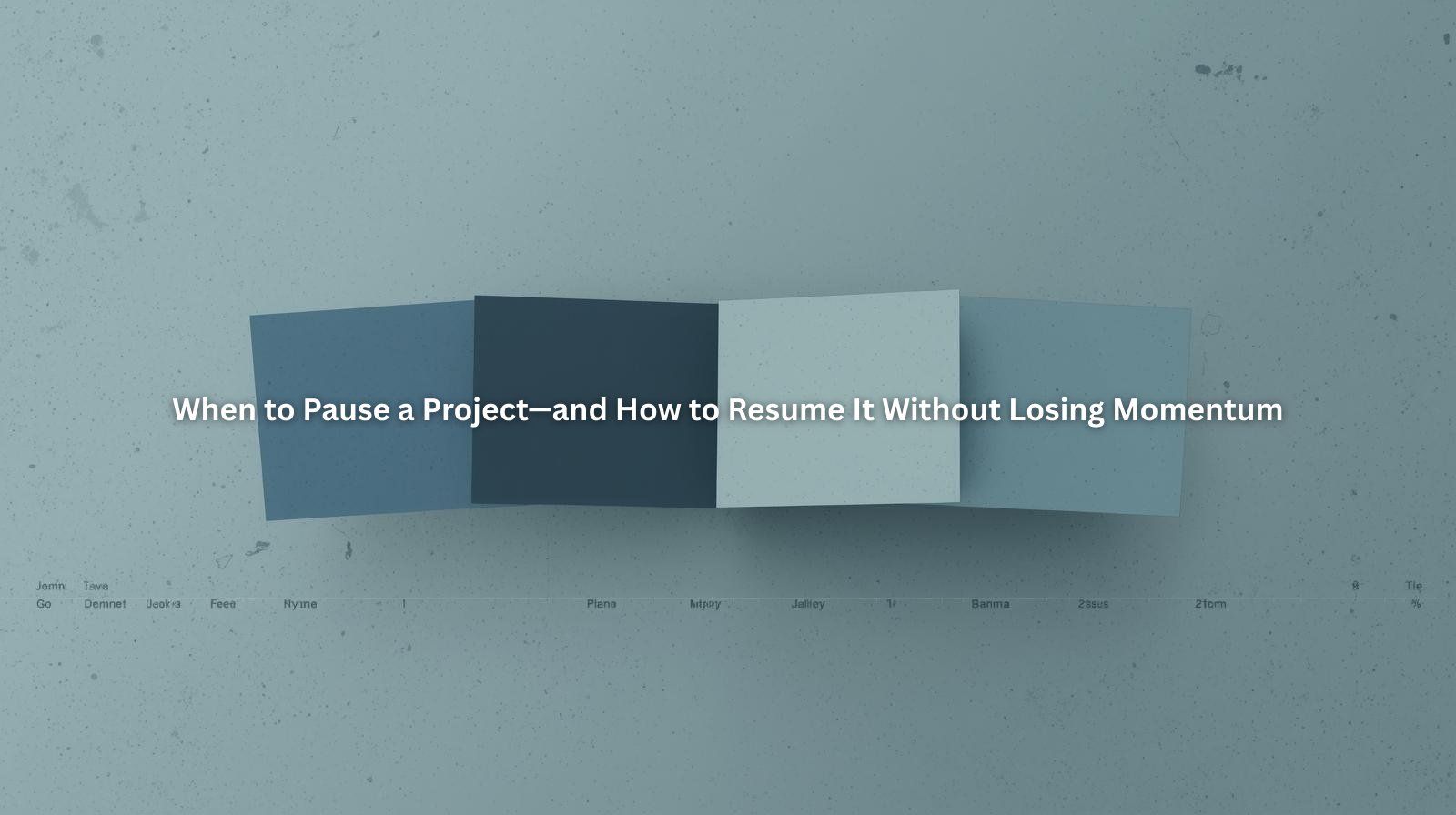DIY Tax Filing for Small Businesses

Table of Contents
- Understanding Your Business Structure and Tax Obligations
- Step-by-Step Guide to Filing Your Taxes
- 1. Determine Your Filing Requirements
- 2. Gather Essential Tax Forms and Information
- 3. Identify Applicable Tax Deductions and Credits
- 4. Choose Your Filing Method
- 5. File Your Taxes and Keep Records
- Frequently Asked Questions (FAQ)
- What is the self-employment tax rate?
- Can I deduct home office expenses?
- What records should I keep after filing?
- When are quarterly estimated tax payments due?
- How can I avoid an IRS audit?
As a small business owner, managing your own taxes can seem daunting. However, with the right preparation and understanding, you can navigate tax season confidently. This guide provides a comprehensive checklist to assist you in filing your taxes, ensuring you maximize deductions and remain compliant with tax regulations.
Understanding Your Business Structure and Tax Obligations
Your business structure significantly influences your tax responsibilities:
- Sole Proprietorship: This is the default structure for many independent business owners. Your business income is taxed as personal income, which may place you in a higher tax bracket depending on your total earnings.
- Single-Member LLC: This structure offers legal separation between personal and business finances, protecting personal assets. Business income is typically taxed at corporate rates, which can be advantageous.
Both structures allow deductions for legitimate business expenses, such as travel, equipment, and meals. Understanding your business structure is crucial, as it determines your tax forms and obligations.
Step-by-Step Guide to Filing Your Taxes
1. Determine Your Filing Requirements
Most small business owners need to file taxes, especially if they earned $400 or more in self-employment income, which is subject to self-employment tax, including Social Security and Medicare contributions. If you also have W-2 income from an employer, you’ll need to file taxes for both income streams.
2. Gather Essential Tax Forms and Information
Accurate record-keeping is vital for a smooth tax filing process. Ensure you have the following:
- Personal Information: Social Security Number (SSN) or Employer Identification Number (EIN).
- Income Records:
- Form 1099-NEC: Reports non-employee compensation.
- Form W-2: If you had additional employment.
- Other Income Records: Rental income, investments, etc.
- Expense Records: Detailed documentation of business expenses, including receipts and invoices.
- Financial Statements: Profit and loss statements, balance sheets, and cash flow statements.
- Previous Tax Returns: Useful for reference and consistency.
Maintaining organized records throughout the year simplifies this process and ensures you don’t miss any deductions.
3. Identify Applicable Tax Deductions and Credits
Maximizing deductions and credits can significantly reduce your tax liability:
- Common Deductions:
- Home Office Deduction: If you use a portion of your home exclusively for business, you may qualify for this deduction. Ensure you follow IRS guidelines to determine the allowable amount.
- Vehicle Expenses: Keep detailed logs of business mileage and related expenses. Choose between the standard mileage rate or actual expense method for deductions.
- Supplies and Equipment: Costs for business-related supplies, equipment, and software.
- Professional Services: Fees paid to lawyers, accountants, or consultants.
- Tax Credits:
- Small Employer Health Insurance Premiums Credit: For employers with fewer than 25 employees contributing to health insurance premiums.
- Work Opportunity Credit: For businesses hiring individuals from targeted groups, such as veterans.
For a comprehensive list of deductions and credits, refer to the IRS’s Publication 334.
4. Choose Your Filing Method
Decide how you will file your taxes:
- Self-Filing: Suitable if you have a straightforward tax situation. Utilize IRS Free File or reputable tax software.
- Professional Tax Preparer: Advisable if your tax situation is complex or you prefer expert assistance.
- E-Filing vs. Paper Filing: E-filing is faster and more secure. Paper filing is an option but may result in longer processing times.
5. File Your Taxes and Keep Records
After filing:
- Confirm Submission: Ensure you receive confirmation that your return was accepted.
- Make Necessary Payments: Pay any taxes owed by the deadline to avoid penalties.
- Retain Records: Keep copies of your tax return and all supporting documents for at least three years.
Frequently Asked Questions (FAQ)
What is the self-employment tax rate?
The self-employment tax rate is 15.3%, covering Social Security (12.4%) and Medicare (2.9%) taxes. This tax applies to net earnings of $400 or more from self-employment.
Can I deduct home office expenses?
Yes, if you use a portion of your home exclusively and regularly for business purposes, you can deduct related expenses. The IRS provides simplified and regular methods to calculate this deduction.
What records should I keep after filing?
Maintain copies of your tax returns, receipts, invoices, and any documents supporting income and deductions for at least three years. This is essential in case of an audit.
When are quarterly estimated tax payments due?
For the 2025 tax year, estimated tax payments are typically due on:
- April 15, 2025
- June 15, 2025
- September 15, 2025
- January 15, 2026
How can I avoid an IRS audit?
To minimize the risk of an audit:
- Report all income accurately.
- Avoid exaggerating deductions.
- Maintain thorough and organized records.
- Ensure home office and vehicle deductions meet IRS criteria.
For more details, consult the IRS’s Publication 334.
By following this checklist and staying informed about your tax obligations, you can confidently manage your small business taxes. Remember, consistent and organized record-keeping throughout the year is key to a smooth tax filing process.


